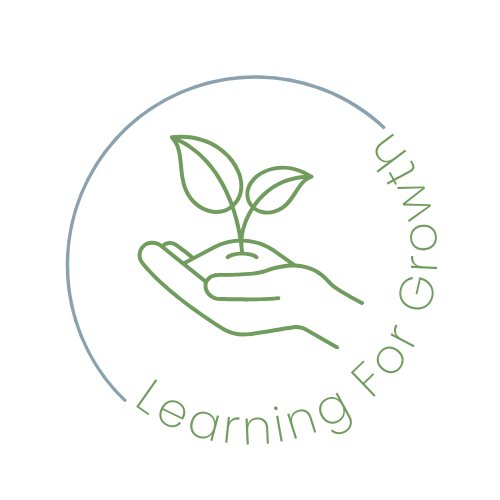Learner Journey Mapping
What is learner journey mapping?
Learner journey mapping is a way to plan and track a learner’s progress through a course. It is made of points called ‘touchpoints’ which refer to any interaction that a learner has with the learning intervention. Each touchpoint has an established purpose for the learner and an emotion that we want the learner to have during that interaction with the course. At least one metric is assigned to each touchpoint. By doing this, we can see if learners stay equally engaged throughout the whole learner journey.
What counts as a touchpoint?
A touchpoint is every interaction that the learner has with the course.
This means that the first time that the learner hears about the training provider, that is a touchpoint.
The first time they see or hear information about the course; that’s a touchpoint too. Their first contact from the provider, each automated email, the content, the location, the course delivery, assessment, homework, additional recommended resources, right up to the way certification and results are handled and every follow-up email after that. Every single one is a touchpoint.
Each touchpoint is a moment of decision for the learner - continue with the course, get more information to make a decision later, or make this the final touchpoint.
Why are touchpoints important?
It’s easy to look at the success of a course in terms of registration numbers, results and pass rates. But these can standardise over time. The real gains in terms of course impact and improvement are found in the places where people stop their journey in a course (including either side of the course itself).
The time from when a learner hears about a course to when the communication with that learner ends can be vast. Trying to pinpoint where a relationship might start to deteriorate can be like looking for a needle in a haystack if we only measure at the start and end of the course itself.
Touchpoints allow us to implement measures at regular, planned intervals. Intervals where we know something can change. This means if something is going wrong, even for a small number of learners, we can pinpoint the issue and correct it quickly.
This matters because, if those learners have something in common that is significant enough to show in our measurements, that group of people may have something in common and we may be excluding them as a whole if we cannot identify and correct the issue.
It also matters because incremental improvements can lead to powerful results that can differentiate your course from competitors. Additionally, it can increase the return on investment for employers in terms of employee training for each person that stays within the course, but in the bigger picture too, with more employees increasing their knowledge and skills.
How does learner journey mapping work?
Very basically, it involves researching your potential learners and creating learner personas. Then identifying the current learner journey, walking each person through it and looking for initial improvements. From here, we put KPIs in place for each touchpoint and monitor the learner data as learners pass through the learner journey. We review this data at regular intervals and look for improvement opportunities.
Learning for Growth can manage this process for you or work with your team to train them to manage this internally.
Get in touch to find out how learner journey mapping can benefit your business.
